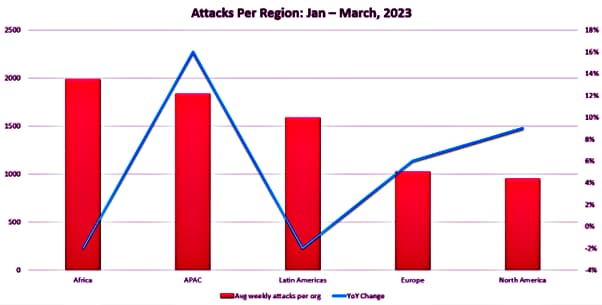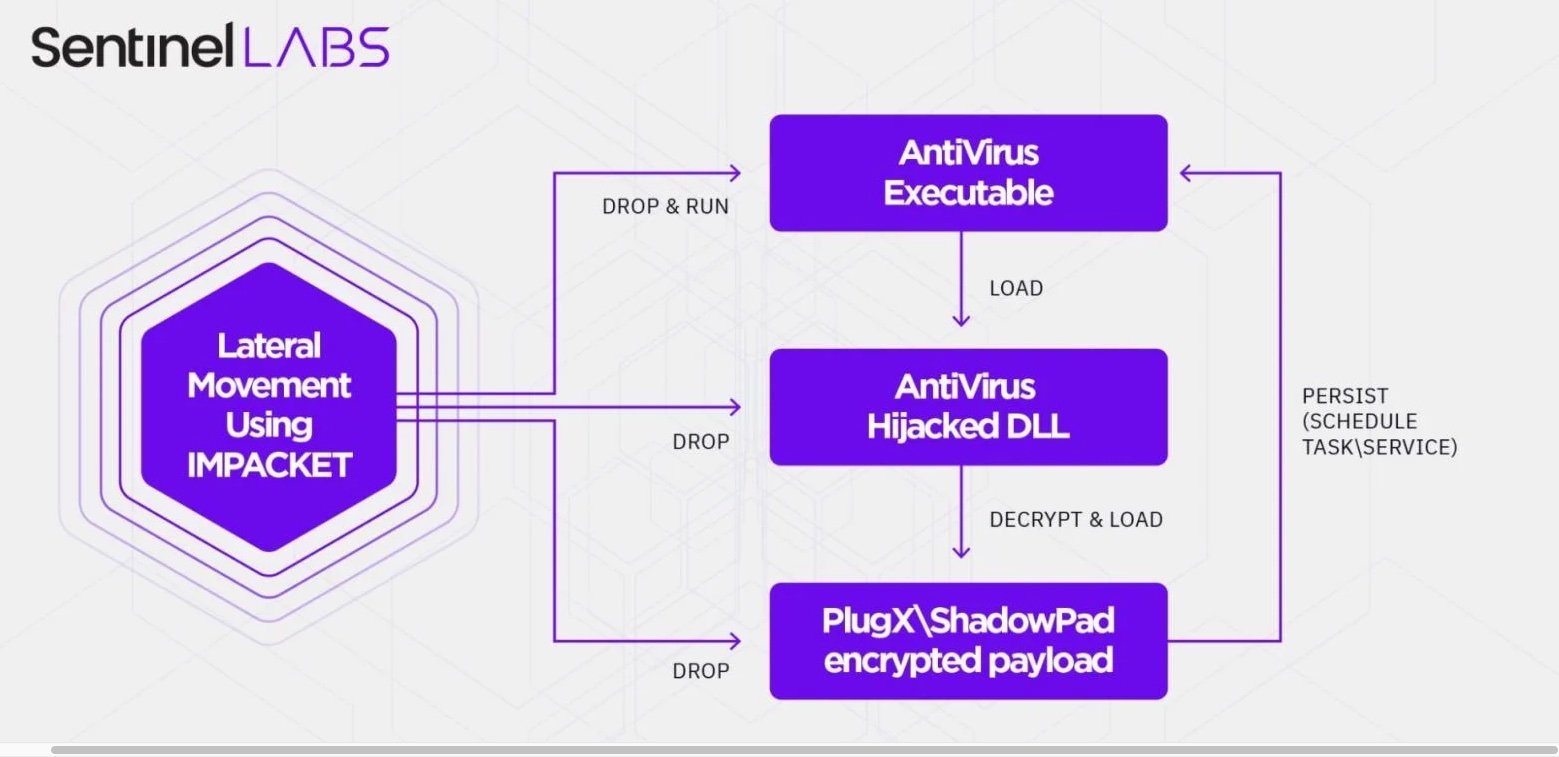Advanced Espionage Malware “Stealth Soldier” Hits Libyan Firms
The Stealth Soldier campaign marks the possible reappearance of a threat actor known as “The Eye on the Nile” since its last operation in 2019.
Check Point Research has recently uncovered a series of highly-targeted espionage attacks in Libya, shedding light on a previously undisclosed backdoor called Stealth Soldier. This sophisticated malware operates as a custom modular backdoor with surveillance functionalities, including file exfiltration, screen and microphone recording, keystroke logging, and stealing browser information.
The campaign, which appears to be targeting Libyan organizations, marks the possible re-appearance of a threat actor known as “The Eye on the Nile” since its last operation in 2019.
Stealth Soldier, an implant used in limited and targeted attacks, has shown active maintenance with the latest version, Version 9, compiled in February 2023. Check Point Research’s investigation began with the discovery of multiple files submitted to VirusTotal between November 2022 and January 2023 from Libya.
These files, named in Arabic, such as “هام وعاجل.exe” (Important and Urgent.exe) and “برقية 401.exe” (Telegram 401.exe), turned out to be downloaders for different versions of the Stealth Soldier malware.
The execution flow of Stealth Soldier starts with the downloader, which triggers the infection chain. Although the delivery mechanism of the downloader remains unknown, social engineering is suspected.
The malware’s infection process involves downloading multiple files from the Command and Control (C&C) server, including the loader, watchdog, and payload. These components work together to establish persistence and execute the surveillance functionalities.
First, the loader downloads an internal module called PowerPlus to enable PowerShell commands and create persistence. Then, the watchdog periodically checks for updated versions of the loader and runs it accordingly. Finally, the payload collects data, receives commands from the C&C server, and executes various modules based on the attacker’s instructions.
The victim’s information collected by the Stealth Soldier’s payload includes the…





